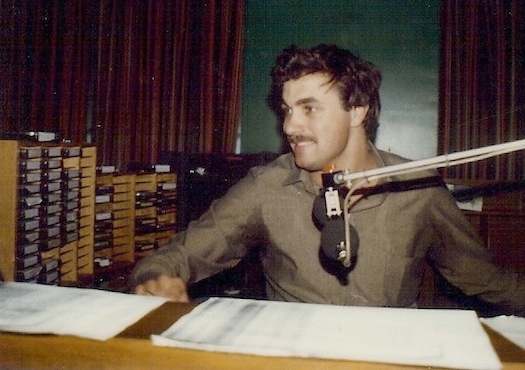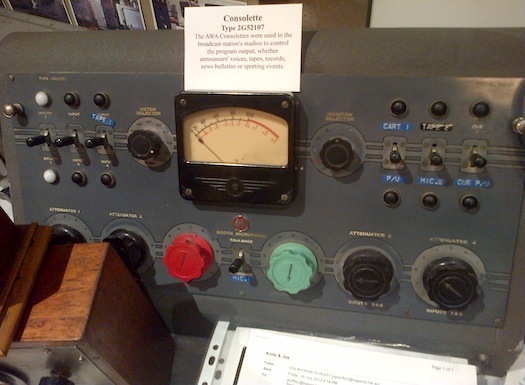David Rogerson attended the 100th birthday celebration of one of Australia’s most influential radio companies with his father Bruce Rogerson.
He shares reminiscences of AWA with radioinfo readers in this report.
In July 1913, AWA Amalgamated Wireless (Australasia) Limited was established with exclusive rights throughout Australasia to patents, ‘present and future” of both British Marconi and Telefunken. With the establishment of AWA, it effectively settled a patent dispute between Telefunken an, British Marconi and the Australian.
The rest is history as AWA went onto become one of Australia’s most successful and innovative electronics companies with many operating divisions include defence force equipment manufacturing, black and white followed by colour television sets, car radios, telephones, stop light signalling, the Jindalee over the horizon radar system, Barra soar underwater detection system for any submarine warfare, desk computers and on course totaliser racing equipment.
Within its first 50 years of operation, AWA had grown to become a mirror of the successful business models operated by the RCA and Westinghouse companies in the USA, using electronics and consumer electronics to grow its market base.
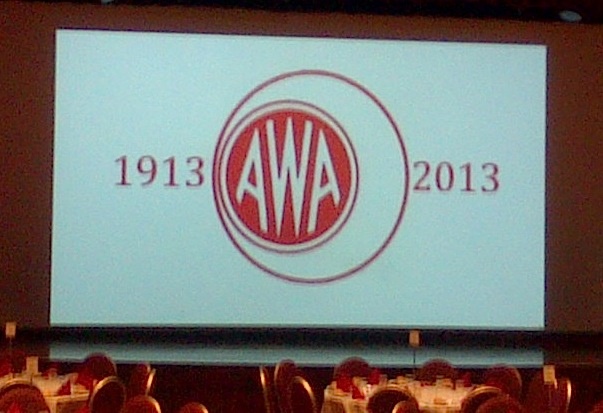
On August 13, 1919 AWA broadcast a music program from its offices in Clarence Street Sydney to an audience in the hall of the Royal Society just a short distance away in Elizabeth Street. Soon, Prime Minister Billy Hughes requested a demonstration for parliamentarians in Melbourne’s Queens Hall and a singer known as “Miss Walker” gave her recital to an astonished crowd.
By 1930 AWA commenced the first of their broadcast stations with 2AY in Albury, followed in 1932 by 2CH in Sydney where AWA operated the station for the NSW Council of Churches. Soon the network grew. Originally, AWA had no intention of owning radio stations, just equipping and installing the electronics within stations. Ironically, several operators were unable to meet the payment requirements for the equipment that AWA had installed, and by default AWA became the owner, operator and installer of radio stations stretching from Cairns in Far North Queensland to Bendigo, Grafton, Goulburn, Launceston, and Melbourne.
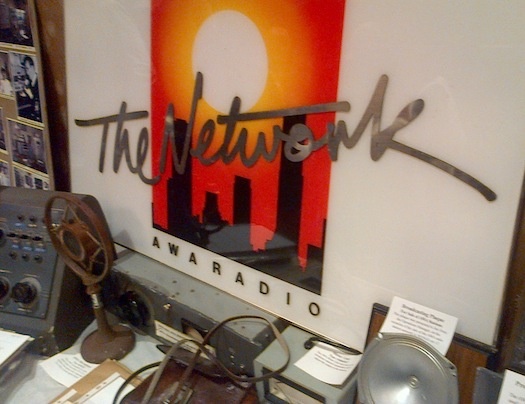
I recently took my Dad (Bruce) to a huge reunion of all employees. As many of you may know, Dad was the MD of AWA Radio and brought the Good Music format to Australia in 1974. Within 5 years 2CH had made it to Number 1 in Sydney up against the might of 2SM. Without being too self indulgent, at 82 yrs young, it was quite an emotional day for Dad and all of those there. It was personally uplifting to see Dad remembered among the host of other AWA divisional managers, factory workers, inventors and the like. Everyone from Aviation to Defence to Wireless Communication, Computers and more was there.
So many now famous radio people spent some part of their career at a former AWA Radio Network station – John Laws certainly started his career at one, commencing his career path at 3BO Bendigo. Others include Ian Holland, Howard Craven ( the first personality to take a 2CH morning show to number 1), Chris Brammall, Graham Mott ( at 3MP), Steve Mummery, John Poole, John Summerton, Tony McAdam, news reader Len London, Phil Haldeman, Bob Moore, Tony Featherstone, Colin Bridge, David Mc Donald, Tim O’Keefe and the list goes on.
The period from 1972 – 1975 was one of the most competitive Top 40 environments in Sydney. At the business end of things in the ratings war, it was the battle of the churches 2SM ( run by the St Mark Church ) vs 2CH ( the NSW Council of Churches) . AWA spent a lot of money on audience research to identify the market gap after the ill-fated “Snob Mob” format failed to gain audience traction.
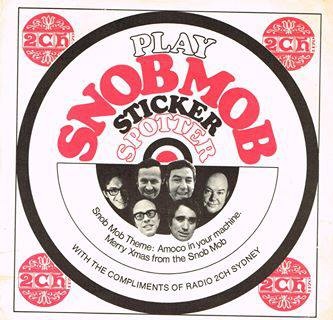 2CH were the FIRST to undertake what we know today as Auditorium Music Research. A company called ASI (Audience Studies Incorporated) was commissioned by 2CH to undertake listener response studies to a series of music breaks featuring instrumental and vocal tracks so they could work out the balance of instrumental to vocal songs per hour. Very sophisticated for its time. Today we know the metering device the listeners used way back in 1974 as “the worm”…
2CH were the FIRST to undertake what we know today as Auditorium Music Research. A company called ASI (Audience Studies Incorporated) was commissioned by 2CH to undertake listener response studies to a series of music breaks featuring instrumental and vocal tracks so they could work out the balance of instrumental to vocal songs per hour. Very sophisticated for its time. Today we know the metering device the listeners used way back in 1974 as “the worm”…
It wasn’t just the capital cities where the competition was heating up. Launceston was a long held battle ground between AWA’s 7LA and its opposition station, 7EX. After 7LA trialled it’s Good Music , or easy listening format for several months, AWA management was decided to make a format change and take it up to 7EX.
Under the cover of night 7LA went from 7LA Good Music to Funtastic 7LA . Dad got permission from the late Frank Jeffcoat ( 2UW GM and my boss at the time !) to use the Funtastic logo, jingles and brand for a peppercorn rent. AWA ‘s television division then booked TV ads on Channel 9 (owned by Edmund Rouse, who also owned 7EX). The 7LA management didn’t want 7EX to find out 7LA was changing format and re-launching on TV. So Channel 9 up until about 12 hours out from broadcast had no idea that the booking for AWA TV’s campaign booking was actually for the AWA radio station that was their competitor.
It was a neck and neck battle with 7LA managing to take the #1 position 10+ in the next radio survey, and apparently the first, last and only time Edmund Rouse congratulated AWA for being a strong competitor!
On 28 October 1987, seven AWA stations were sold to Wesgo Radio ( now ARN ) for a price believed to be in the vicinity of $40 million. AWA needed the cash, and Wesgo via CEO Bob Scott were prepared to pay. And a final irony in the story that came full circle. I was working in the corporate programming and marketing division of Wesgo at the time of the AWA acquisition. The people who I once reported to, were now reporting to me. That’s a story itself that’s can wait until another day. Happy sentential birthday AWA.
Written for radioinfo by David Rogerson, August 2013.
Below, David at AWA station 2AY about 1982.
